If you’ve been reading the headlines about heat pumps being useless in Victorian homes, Fife’s Richard Luxmoore has another story.
The 67-year-old has managed to make his detached stone built house in Aberdour perfectly comfortable all year round using hardly any fossil fuels.
And he has driven down his fuel bills – despite soaring electricity costs – after installing an air source heat pump, photovoltaic panels, solar thermal panels and extensive insulation.
So how has he made renewables work for him?
Heat pumps ‘don’t work’
In a recent interview, the UK manager of Bosch stated a heat pump was not good option for older houses. Despite the company manufacturing the devices.
But retired conservation adviser Richard says: “In spite of the increased cost of electricity, my bills now are lower than they were two years ago.”
Solar thermal panels on his roof heat water, meanwhile an air source heat pump provides hot water and home heating.
While his high ceilinged house is “considered to be a difficult property to heat” he says there are ways around this.
Richard has invested in lots of insulation, including interior wall insulation in his living room. And big radiators.
“People tell you heat pumps don’t work, but that’s usually because they haven’t bothered to upgrade their radiators.”
In Richard’s hall is a radiator about three times as wide as one you would expect with gas central heating.
Heat pumps can’t heat water to the same level as gas boilers, so they need radiators with a bigger surface area to warm up rooms.
Meanwhile, Richard has invested in both photovoltaic solar panels, which produce energy, and thermal solar panels, which harvest the sun’s heat.
That has not made him immune to rising electricity costs.
However, his overall expenditure has dropped because he uses about a tenth of the gas he used five years ago.
He has calculated that has reduced his annual carbon emissions by nearly six tonnes.
Buying a kitchen? Spend the money on insulation instead
Richard says he was lucky to get grant funding to help with the cost of his heat pump and radiators as part of a trial.
But he says financial incentives for low carbon heating are still out there through the Scottish Government’s Home Energy Scotland scheme.
And if you’re planning a new kitchen or bathroom, Richard suggests investing in energy efficiency instead.
“If you’ve got the choice of spending £5,000 on a new kitchen or £5,000 sorting out your heating, sort out your heating first.
“Because that will reduce your heating bills in the future.”
Richard describes investing in an energy efficient home as a “no brainer”.
And he says his heating system keeps his home at a comfortable 18C while saving money.
While he has “stopped using gas completely” to heat his home, he also enjoys free journeys during the summer months. Thanks to the photovoltaic panels on his garage roof, which provide energy to charge his electric camper van.
“The solar PV has already paid for itself. It now charges the van up. So I don’t pay anything for charging the van in the summer.”
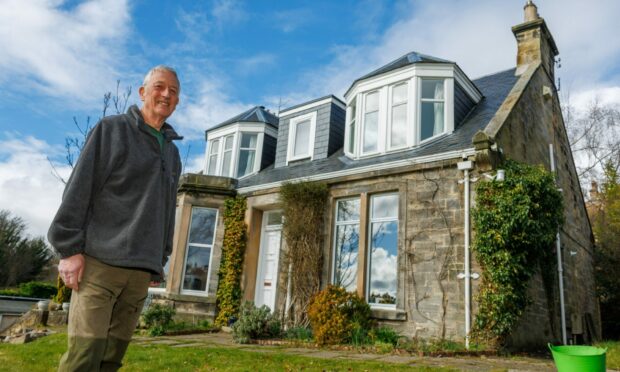
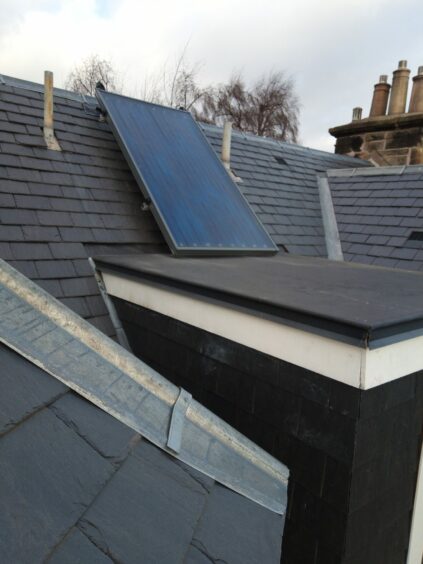
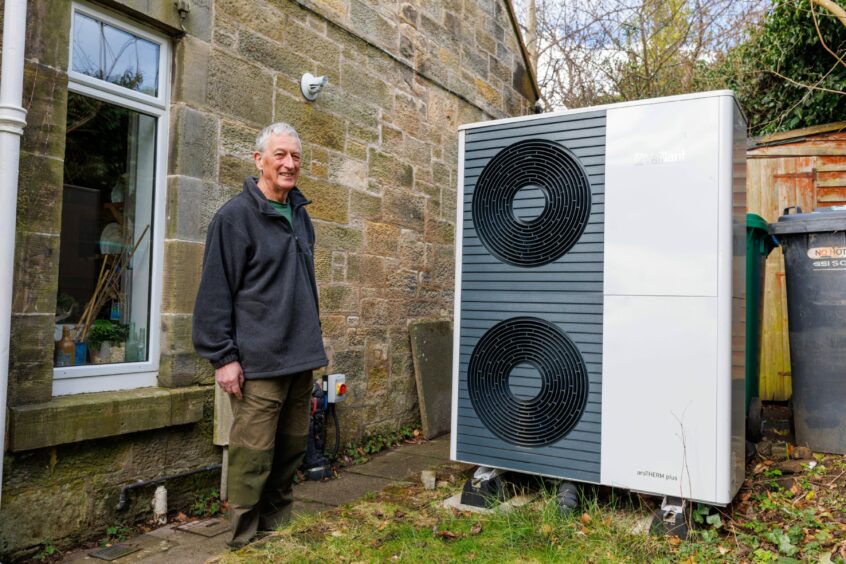
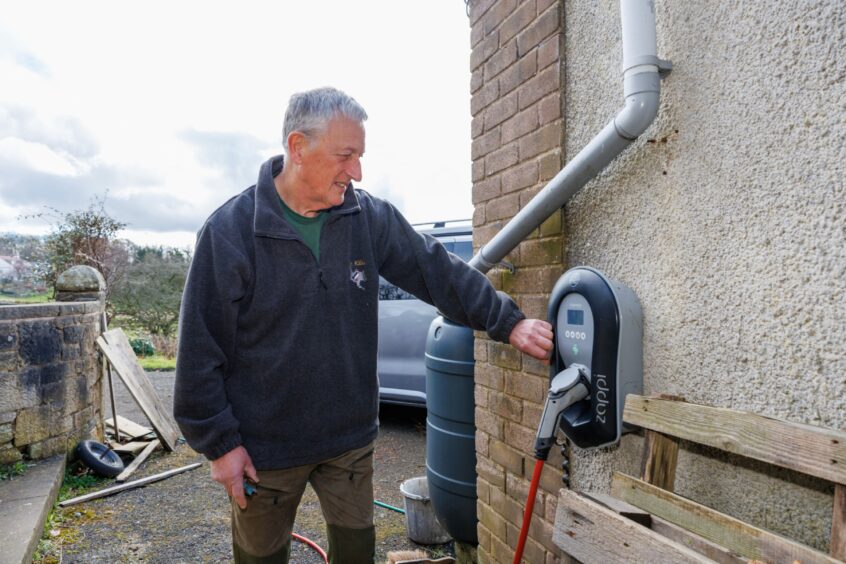








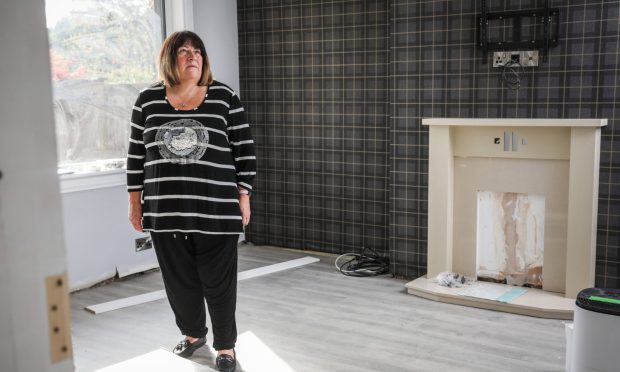
Conversation